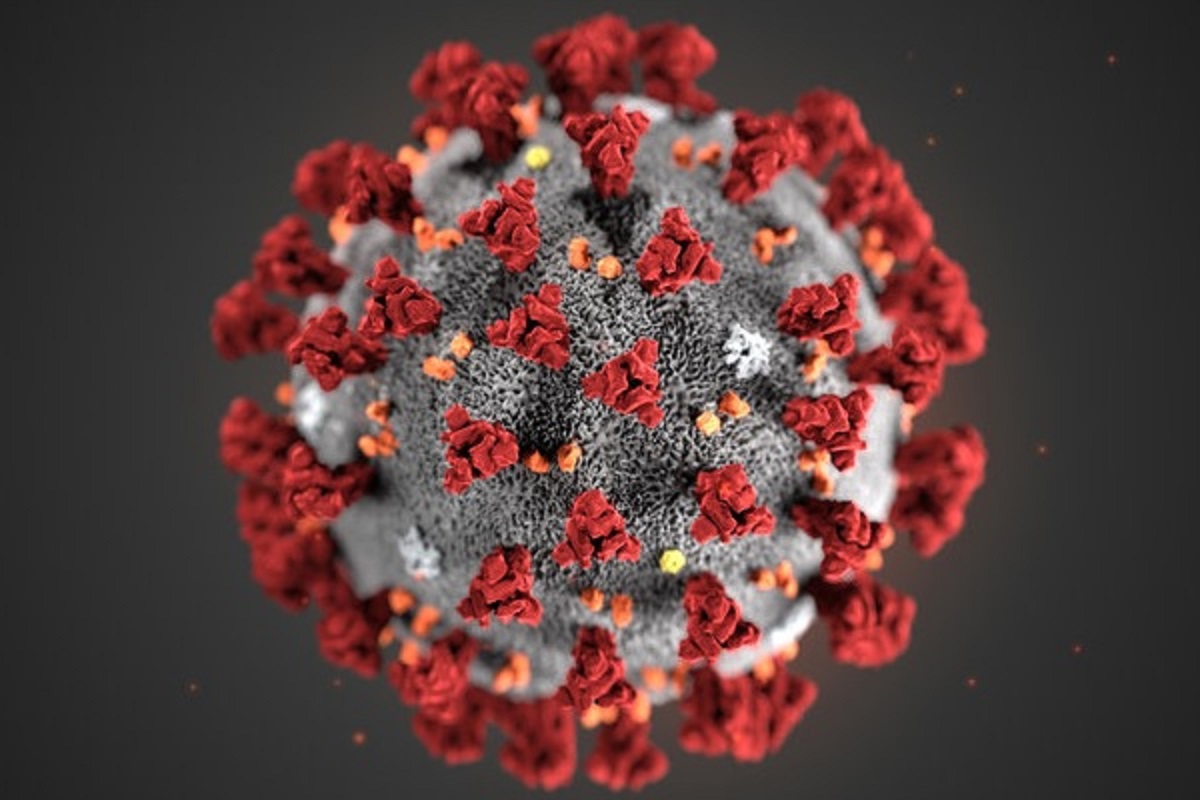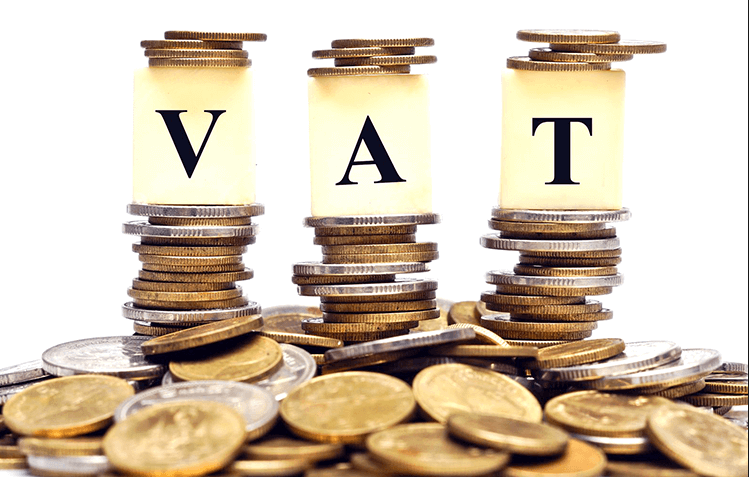Swiss Federal Council publishes revised Tax Proposal 17
On 21 March 2018, the Swiss Federal Council published the revised bill together with the dispatch on the Tax Proposal 17 for parliamentary discussion.The previous Corporate Tax Reform III was intended to abolish certain tax privileges while at the same time strengthening Switzerland’s tax competitiveness.
von Simon Urbach, Zurich
Sep 18 2018

<p>On 21 March 2018, the Swiss Federal Council published the revised bill together with the dispatch on the Tax Proposal 17 for parliamentary discussion.<br></p><p>The previous Corporate Tax Reform III was intended to abolish certain tax privileges while at the same time strengthening Switzerland’s tax competitiveness. On 12 February 2017, voters rejected the Corporate Tax Reform III. However, since the need for reform was undisputed, the Federal Council immediately instructed the Federal Department of Finance to draw up a revised bill.</p><p>The revised bill’s objective is to secure the long-term tax attractiveness of Switzerland as a business location and to restore international acceptance of the Swiss tax system.</p><h4>The core measures</h4><h4>Terminating criticized Swiss tax regimes </h4><p>The existing privileged tax regimes and rules of practice no longer comply with international standards and are to be eliminated. At the cantonal level, tax privileges for holding companies, domiciliary companies and mixed companies are to be terminated as well as the practices regarding principal taxation and the Swiss finance branches at the federal level.</p><h4>New patent box regime at cantonal level</h4><p>A key element is the introduction of a patent box regime in accordance with the Organization for Economic Cooperation and Development (OECD) standard, which is mandatory for the cantons. In the box, net profits from domestic and foreign patents and comparable rights are to be taxed separately from other net profits with a maximum reduction of 90%. Cantons may further reduce the maximum relief. Non-patented inventions and copyrighted software are excluded for patent box taxation. The calculation of the patent box profit is challenging and an ordinance to be issued by the Federal Council will provide more detailed implementation guidance.</p><p>Although the design of the patent box is based on current international standards, with the proposed strict definition of patents, Switzerland has not implemented the full benefit available under international standards.</p><h4>Additional deduction on R&D at cantonal level</h4><p>The introduction of an additional deduction for R&D expenditures is optional for the cantons.</p><p>The deduction can amount to a maximum of 50% of the total R&D costs incurred by the taxpayer or the amounts paid to a domestic third party. The R&D cost calculation is based on the direct personnel expenses for R&D plus a flat-rate surcharge of 35% for other indirect R&D costs and/or 80% of expenses for domestic R&D carried out by third parties or group companies.</p><h4>Limitation of overall tax relief</h4><p>The patent box and the deduction on R&D as well as possible depreciations from the early transition from privileged to ordinary taxation are subject to restrictions in overall tax relief. The Tax Proposal 17 specifies a maximum tax relief of 70%. Cantons may introduce even lower thresholds.</p><p>This means that companies should always tax at least 30% of their taxable profits before application of the special regulations and loss carry-forwards.</p><h4>Transitional rules</h4><p>The transitional rules foresee, that hidden reserves, including any self-created goodwill, will be subject to a separate reduced taxation during a 5-year period to the extent it has not been subject to income taxes in Switzerland to date. The relevant applicable tax rate is at the discretion of the cantons.</p><h4>Migration to Switzerland: step-up of hidden reserves</h4><p>Companies moving to Switzerland from abroad may benefit from a step-up of hidden reserves (including goodwill) up to the fair market values in the balance sheet in the first tax return. The step-up will not trigger Swiss income tax consequences.</p><h4>Further tax policy measures</h4><h4>Increase of cantonal share in federal direct tax</h4><p>In order to support the cantons in implementing Tax Proposal 17, the canton’s share of the federal direct tax is to be increased from today's rate of 17% to 21.2%. This measure shall enable the cantons to reduce their profit tax rate, so that in combination with the new measures, attractiveness can be safeguarded.</p><h4>Increasing dividend taxation of individuals </h4><p>Dividend income of individuals from qualifying participations is currently partially exempt from taxation. In the future, the ratio subject to taxation will be raised to 70% (instead of the current 50% for business investments and 60% for private investments) at the federal level and at least 70% at the cantonal level.</p><h4>Implementation</h4><p>The bill on Tax Proposal 17 adopted by Parliament is subject to an optional referendum. Unless a referendum is held, the bill could enter into force as of 1 January 2019, subject to transitional regulations. If a referendum is held, the Tax Proposal 17 will be submitted to the voters for a vote, which would then likely take place in the course of 2019. The entry into force of Tax Proposal 17 would be delayed accordingly. Companies are well advised to prepare for the changes resulting from the revised bill on Tax Proposal 17 and to identify necessary measures.</p><h4>Content</h4><ul><li><a>The core measures</a></li><li><a>Terminating criticized Swiss tax regimes</a></li><li><a>New patent box regime at cantonal level</a></li><li><a>Additional deduction on R&D at cantonal level</a></li><li><a>Limitation of overall tax relief</a></li><li><a>Transitional rules</a></li><li><a>Migration to Switzerland: step-up of hidden reserves</a></li><li><a>Further tax policy measures</a></li><li><a>Increase of cantonal share in federal direct tax</a></li><li><a>Increasing dividend taxation of individuals</a></li><li><a>Implementation</a></li><li><a>Content</a></li></ul>









